Some people think of mummies as scary monsters, but kids science knows better. A mummy is actually any body that has been dried out; this can happen in ice, in acid bogs, and in the desert. By using science to study these ancient bodies, we can learn the stories of people who lived thousands of
Some people think of mummies as scary monsters, but kids science knows better. A mummy is actually any body that has been dried out; this can happen in ice, in acid bogs, and in the desert. By using science to study these ancient bodies, we can learn the stories of people who lived thousands of years ago!
One day in late spring in the Italian Alps, a man and some of his friends got into a fight and the man was shot with an arrow. He was quickly covered by snow and ice, where he remained frozen for 5,300 years! Because he had been frozen so quickly, his body was preserved until the ice thawed, and this ice mummy (nicknamed Ötzi) became famous around the world.
Ötzi’s body tells the story of last days. His skeleton shows that he walked all over hills and mountains, and was probably a shepherd. He was also a very important man – the kind of axe he carried was only owned by powerful families. Scientists even managed to look inside his stomach to discover that his last meal was bread, deer meat, roots, and berries – yum!
Over two thousand years later, and half a world away, a fourteen year old boy named Nakht lived with his family in Egypt. His family were poor weavers, but after Nakht died, they used their savings to buy a beautiful coffin for him that they placed in a temple in the desert.
The ancient Egyptians were experts at preserving their dead. To mummify a body, they would remove all the organs (all those wet squishy things go bad quickly and smell bad) and cover the body with a salty substance called natron that would dry it out. Forty days later, they wrapped the body in bandages and placed it in a tomb. The body looked nice, but all the things that would tell future scientists about how these people lived were destroyed.
Fortunately for us, Nakht’s family was too poor to have him mummified. Instead, he was placed in the desert, which was so hot that it dried out his body and perfectly preserved him for 3,200 years. When he was rediscovered, scientists were able to learn many incredible things about him.
Nakht had a very hard life – he had lines on his bones that somebody gets when they are sick a lot as a kid and don’t grow. We do know that he got beef and pork to eat, because his body was full of parasites you can only get when these meats aren’t cooked properly.
Nakht’s coffin tells us that he was an expert weaver, and would probably have started work when he was seven, but his lungs tell us another story; that he might also have been a bit of a troublemaker! His lungs were full of red granite dust, which isn’t found anywhere near the town where he lived. Scientists believe that the only way this dust could have gotten there is if he’d gotten in trouble with the law, and been sentenced to polish granite statues in the temple as punishment!
But whatever he did, we know his family loved him, because they bought him the beautiful coffin that preserved him so well and gave us this amazing look at what life was like for an ordinary boy who lived over three thousand years ago.
Maybe someday, thousands of years from now, scientists might want to know how you lived, too!
Post by Sarah








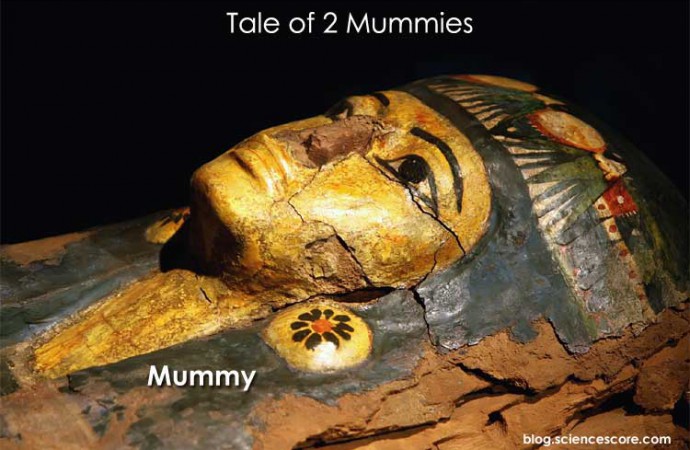


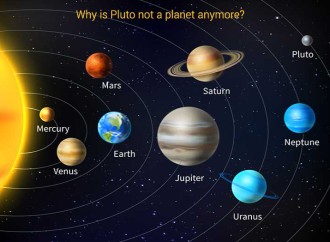



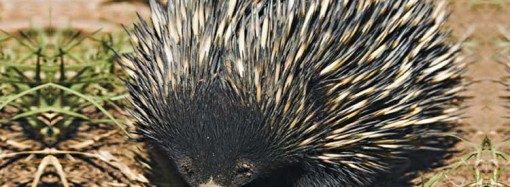
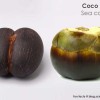









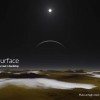








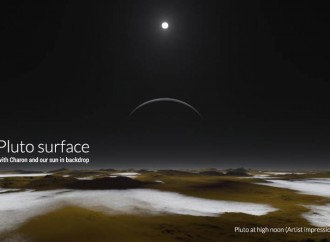










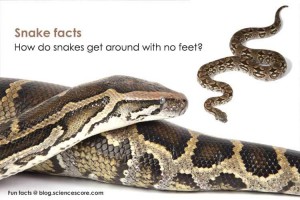
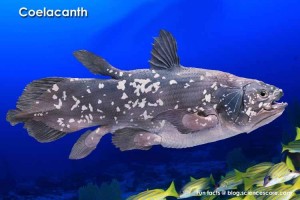
Leave a Reply